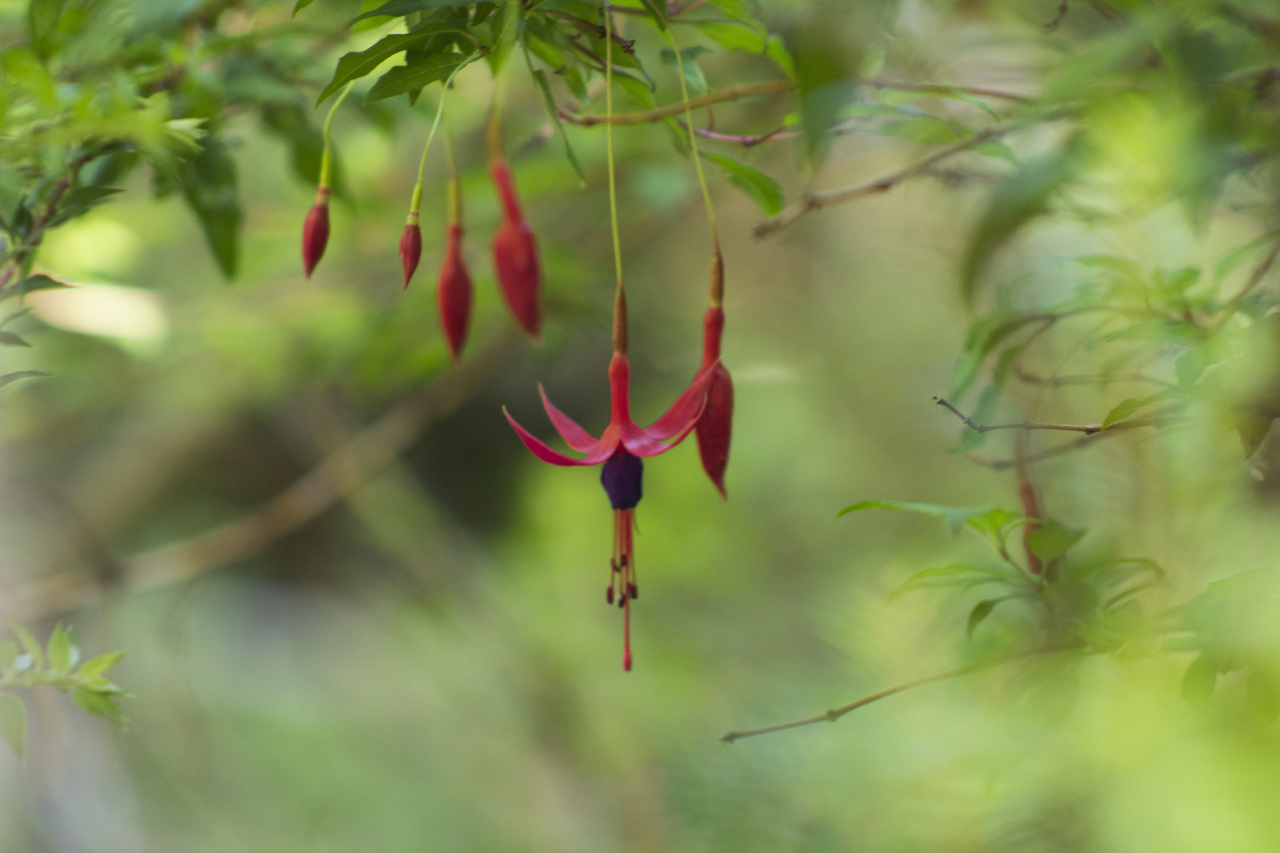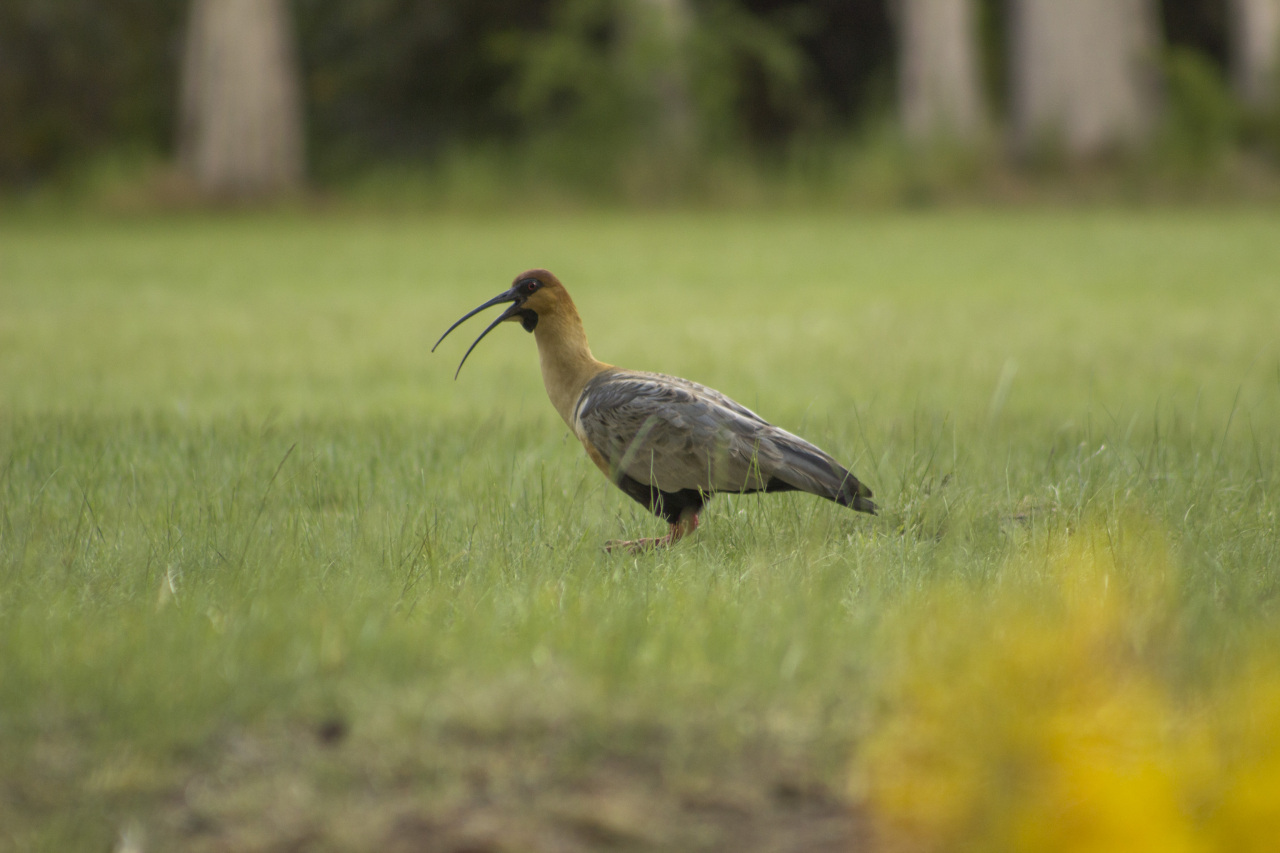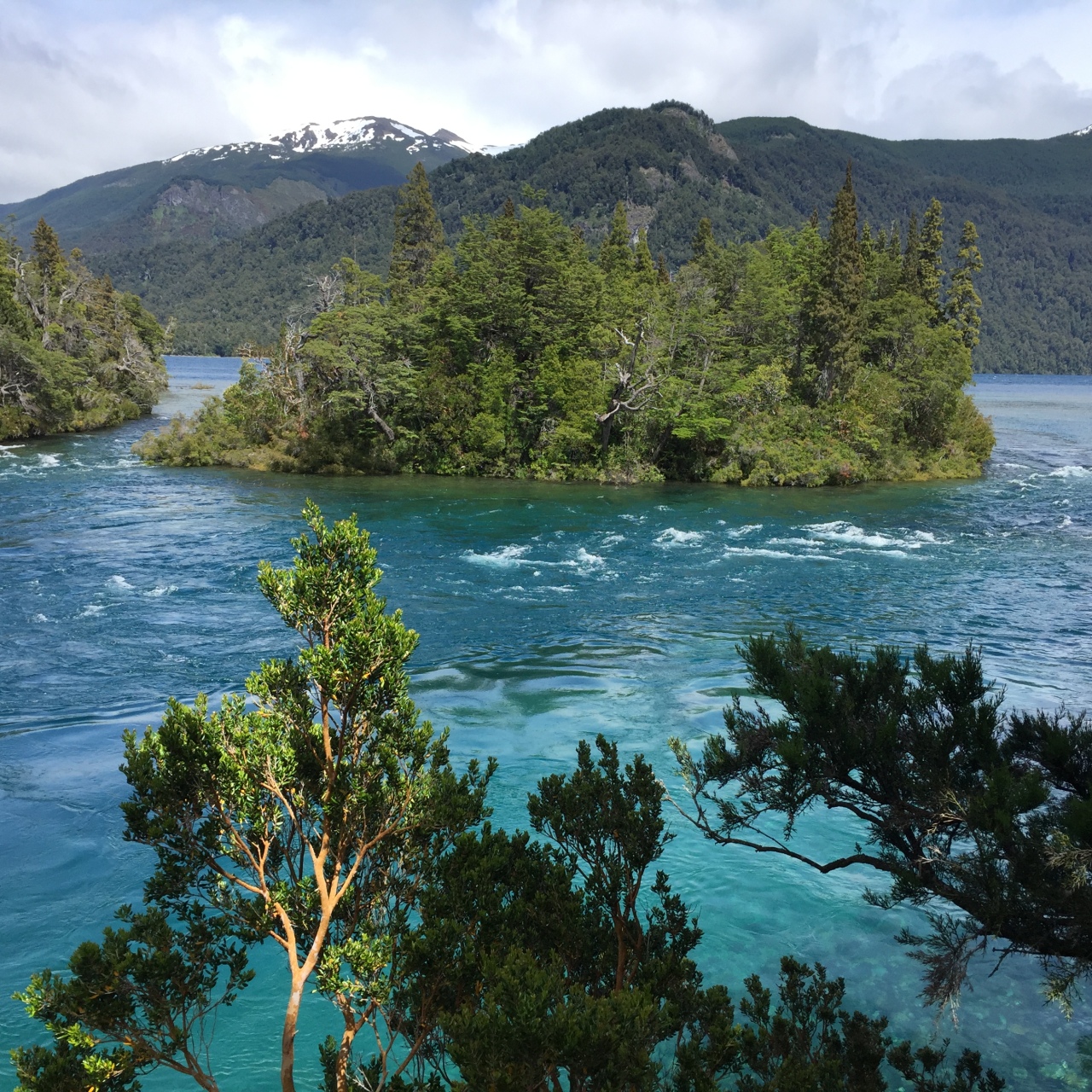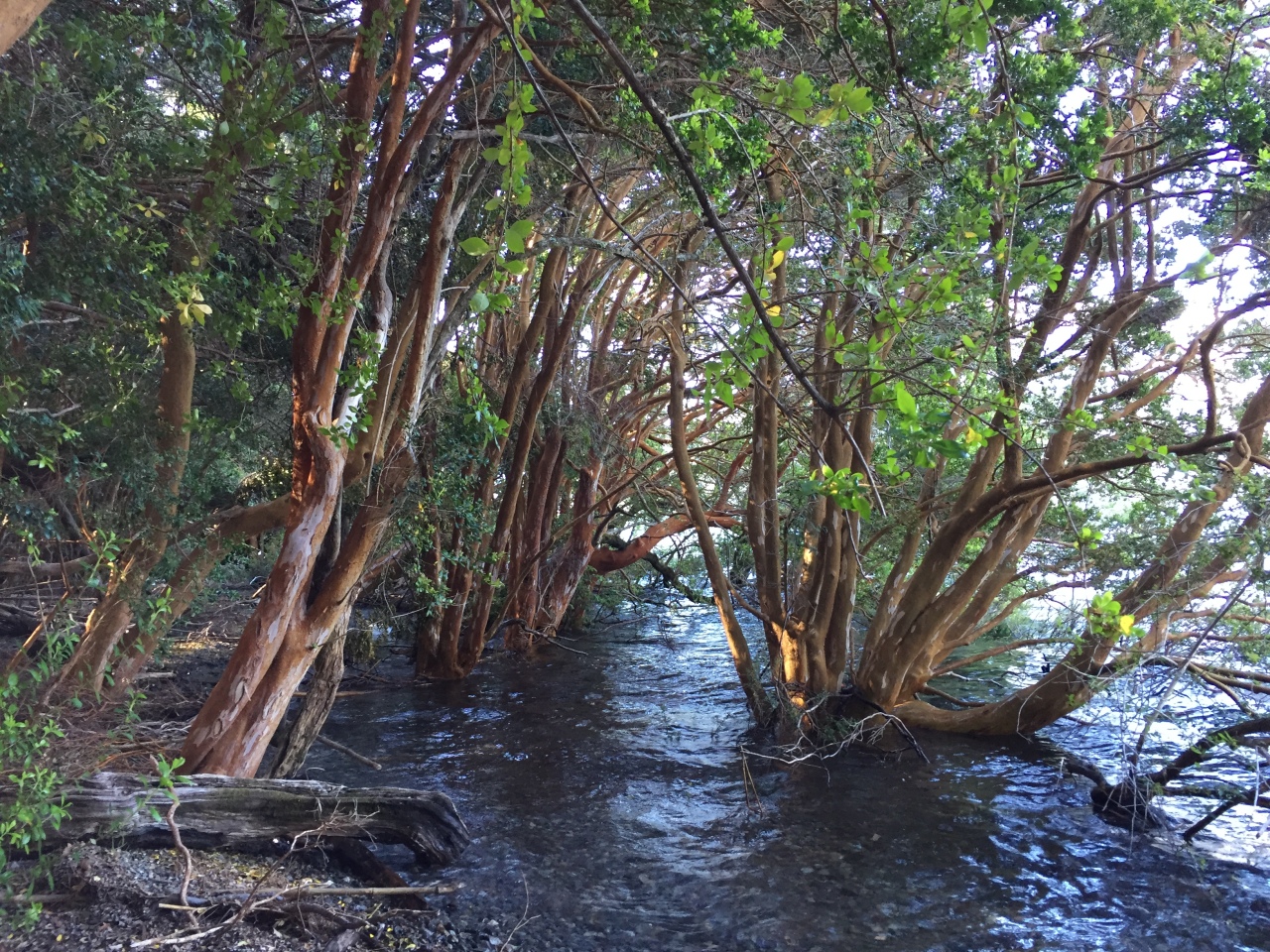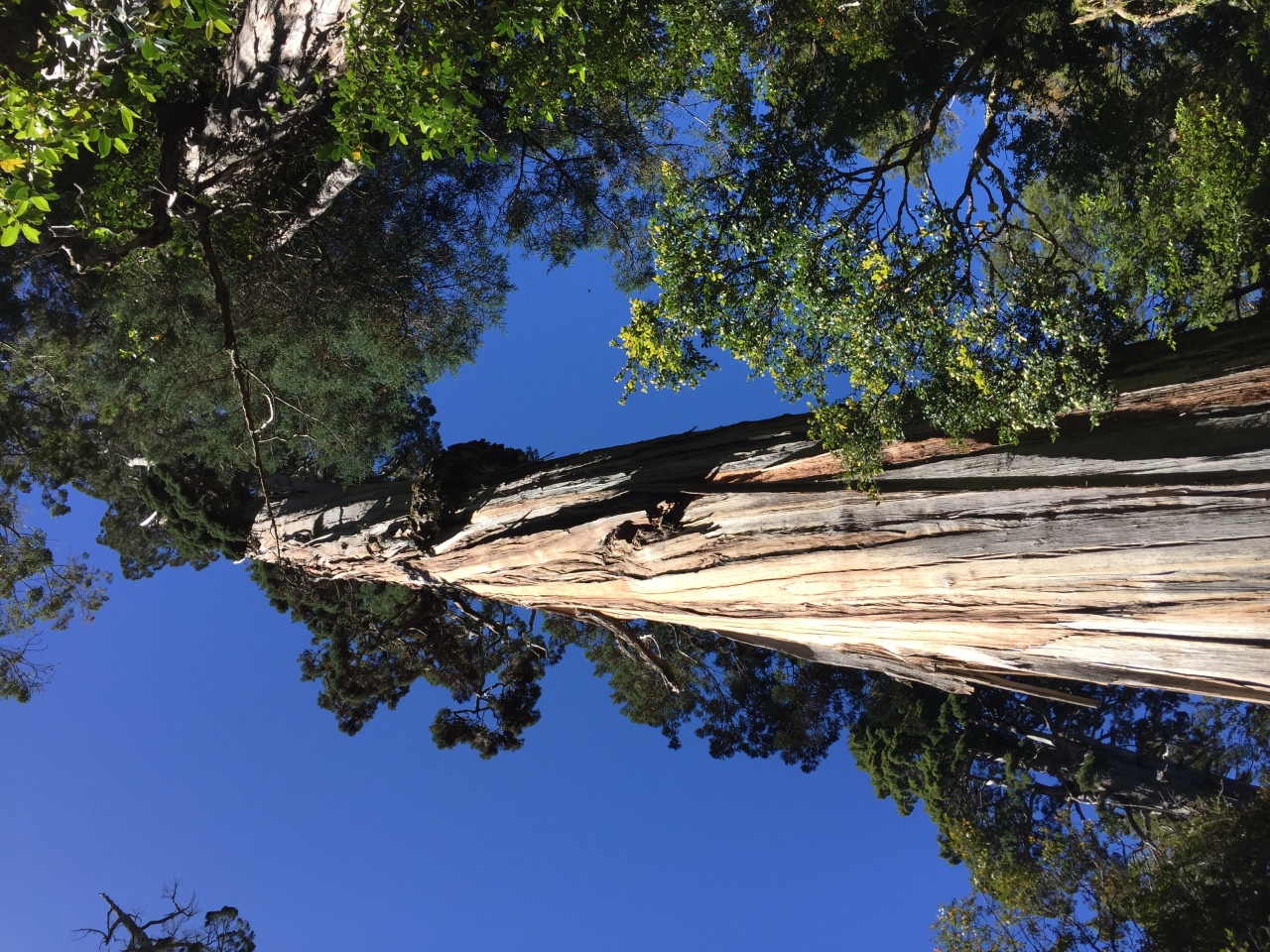Pepi Amodeo

sound arts, biodiversity, field recording, data
Alerces
2023
Album of field recordings and soundscapes
12 tracks / 33:20 min
Alerces is a collection of field recordings made in Los Alerces National Park, a territory of great importance for the conservation of the natural and cultural heritage of the Patagonian ecosystems. Birds, insects, native and exotic vegetation, wind, and water in different environments are some of the representatives of the soundscapes of this territory. The Andes mountain range divides waters that cross the steppe to the east to reach the Atlantic Ocean and others that will find their way through the mountains to reach the Pacific Ocean. Water is pervasive in all landscapes, creating a multitude of sounds depending on the textures it encounters along the way. This album was made possible thanks to the Artistic Residencies in National Parks program of the National Parks Administration and the Ministry of Culture of Argentina (2022).
Tracks


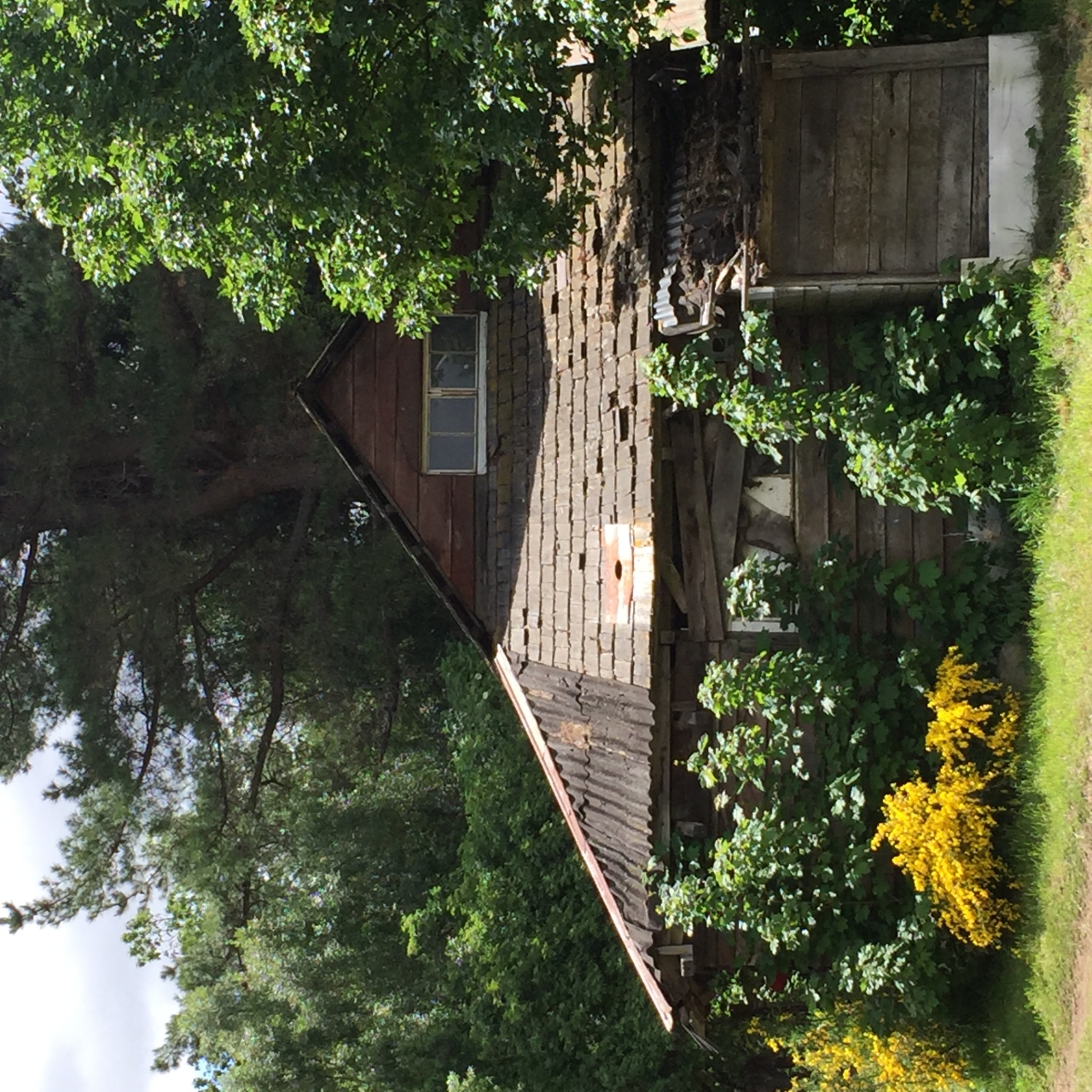
Black-faced ibis (Theristicus melanopis) in Villa Futalaufquen, a welcome. A dog barks in the distance.
House Wren (Troglodytes aedon), up close.
In Villa Futalaufquen, the Patagonian wind impacts European poplar trees.
Hiking on a trail through reed beds beneath the canopy of Dombey’s beeches.
Irigoyen Waterfall recorded from above.
Cascada River. A common diuca finch (Diuca diuca) sings in the foreground. Chainsaws and other birds in the distance.
Hundreds of Patagonian thrushes (Turdus falklandii) create the texture of the dawn in a forest of Dombey’s beeches, while other birds gradually appear.
Waves on the sandy shore at Playa Blanca, Lake Futalaufquen. Night.
European bumblebee (Bombus terrestris) exploring the undergrowth.
The Patagonian wind impacts the tops of the Dombey’s beeches forest canopy. The creaking of the trunks creates suspense in the undergrowth.
From the Torrecillas Glacier, a stream of water runs through the scree field to Lake Menéndez.
A chucao (Scelorchilus rubecula) approaches slowly, and its song reverberates in the forest of Dombey’s beeches.


